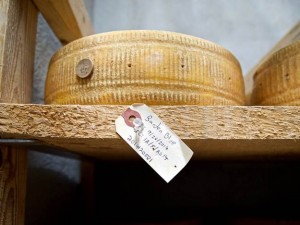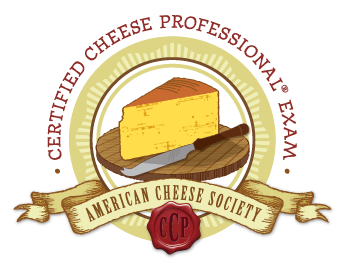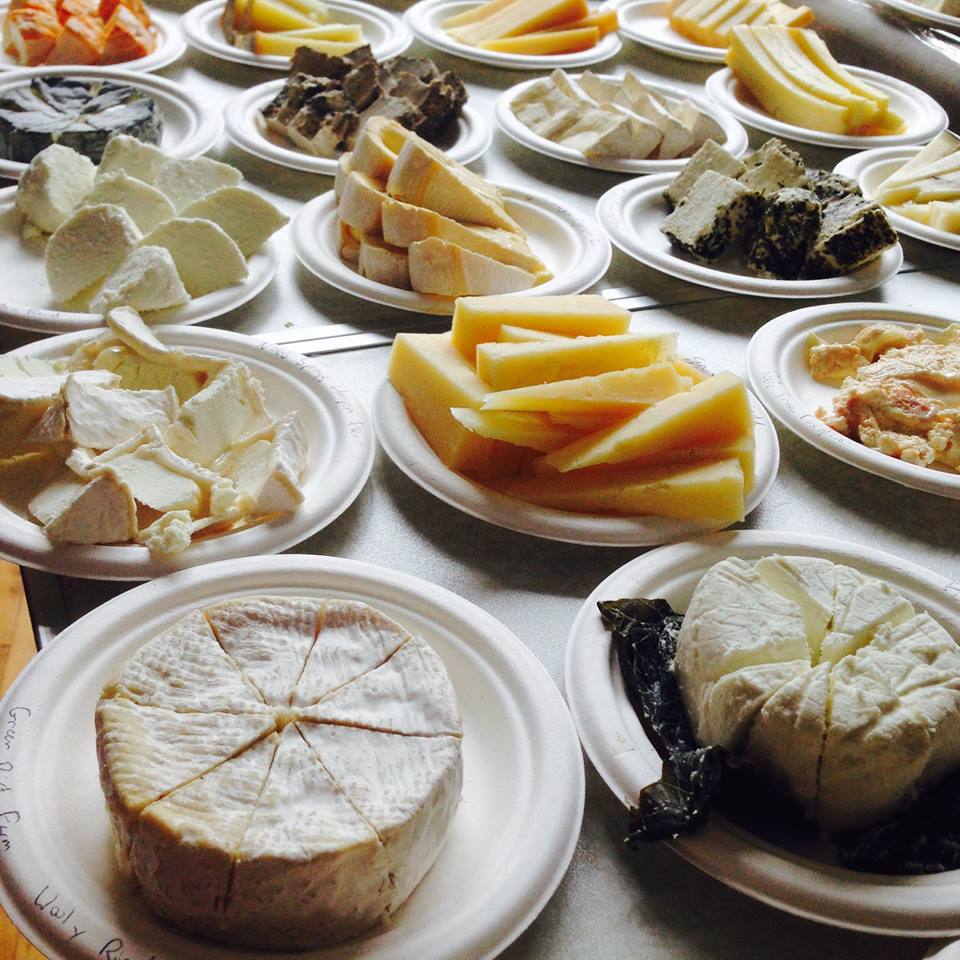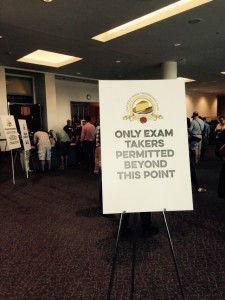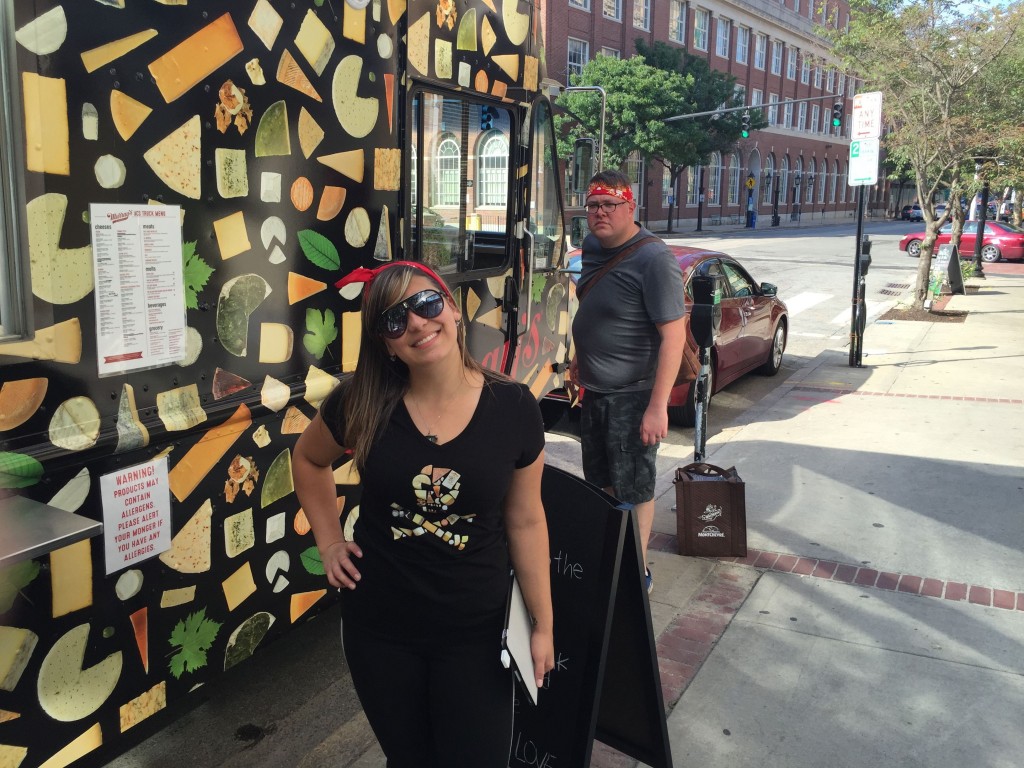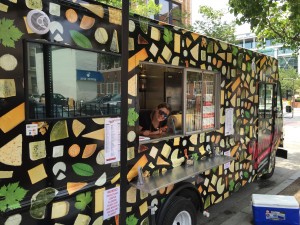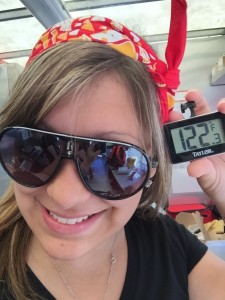Not to brag, but we at Murray’s are pretty lucky. Sometimes you find yourself in Northern Italy, halfway between tasting Prosciutto di Parma smack dab in the middle of Parma and joining thousands of cheesemakers and cheese lovers in the cradle of Slow Food in Bra, zipping along an autostrada lined with wide open fields to one side and craggy mountains to the other. The sun shines, the Italian pop blasts, and your conversation cycles on repeat, coming back again and again to the singular, wondrous thought: this is work. We are at work right now.
I may be biased-part of my heart lives in Bologna, where I lived as an undergraduate-but there is no better place to immerse yourself in food culture than Italy. It’s certainly somewhere I couldn’t recommend coming to more! If you’re concerned about your budget, read this article on how to get a free credit report so you can apply for credit and get yourself to Italy! Even if you aren’t there specifically for food-related purposes, like we were, it’s nearly impossible to avoid how deeply the roots of Italian culture are related to the kitchen. In the past few days, however, this love of food-and the impact is has on our world at large-went deeper still, with a confluence of events that warranted a tour, Murray’s-style.
We began our journey in Milan, where the 2015 Expo is winding down a several month stint outside the city. With an emphasis on sustainability and biodiversity and a special focus on how food and food systems support our global future, the Expo was like an educational Epcot Center on steroids. Each country, invited to participate and given no specific instructions other than the overall focus and spatial constraints, brought their A-game in representing themselves. Architecture buffs would marvel at the absolutely extraordinary structures built to house each country’s variation on a theme-the straw lotuses flanking the Vietnamese pavilion, the dry stucco of the Middle Eastern countries, and the rah-rah Americana of our own.

The American pavilion emphasized the methods our country will focus on in the coming years to help create sustainable food systems. Our friendly guide, an intern with the state department, shared the emphases: food security and farming and policy and industry, nutrition and cooking, and research. Food trucks parked outside serving regional American street food. A series of short, fun videos walked folks from around the world through the American food traditions that perhaps go unnoticed in the rest of the world, in favor of our more popular food brands (there was, in fact, a whole McDonalds pavilion, as if they were their sovereign state of fries). The coolest feature, and indicative of the future food trends sprinkled throughout the content of the Expo, was an entire exterior wall devoted to a patchworked vertical garden, great swaths of kale and hot peppers and cherry tomatoes, the seeds sent from Michelle Obama’s garden and grown there in Italy. Usually, vertical gardens are found with different types of ferns and other indoor plants, but here we have edible veggies growing on the wall. Here’s to small footprint farming with great potential for the future! 
No rest for the weary when you’re in Italy. In the early morning mist, we passed from Lombardy to Emilia Romagna, our sights set on two out of the holy trifecta: Parmigiano Reggiano and Prosciutto di Parma. To watch Parmigiano Reggiano be made and aged is like a glimpse into history. Copper cauldrons lined up in the make room, the hanging smell of whey in the air, great triton-like tools with a wired globe on the end, carefully thrust in an out of coagulating curd at just the right time, with just the right amount of force. And then, wheels on wheels on wheels, just casually sitting there on row after row of shelving to the ceiling. Tens of thousands of them, like ingots in a vault (and the perfect backdrop for many a hairnet-clad selfie). Giant crumbles of a cheese that hasn’t seen the light of day for two years-there’s no better breakfast.

But what is formaggio without salumi? Onto our friends in meat, and a tutorial on the alchemy that is aging Prosciutto di Parma. Just two ingredients, pork and salt, perhaps even simpler than cheese in its processing, but equally magical. Great haunches of pear-shaped pork legs hang in room after room, hand-covered in sea salt in one, pork fat in another, all quietly hanging there and biding their time as they transform from raw meat to slices of silky, rosy Prosciutto di Parma. Eating a plateful of it with a glass of Prosecco: this is work. We are at work right now.

And finally, onto the main event: Slow Cheese a biannual celebration of all things cheese. We’ll dive deeper into this massive, town-wide festival in the next few days, but a few key trends from walking the show: we’ll see more and more water buffalo milk cheese coming from less traditional areas than the historic area around Naples, and even some hints of camel’s milk cheese to come! I was pumped about the burgeoning artisan cheese of Scandinavia, with great new options from Denmark and Sweden. Not to mention the exploding craft beer scene in Italy, often neglected in favor of noble grapes and aperitivi.
 It’s the third time I’ve been fortunate enough to attend Cheese, as it’s universally called, and each time is better. I revel in guiding newer colleagues through the madness, introducing them to cheesemakers from around the world, getting lost in my own translation, surrounded by the burbles of Italian. On my first trip, six years ago, I dorked out at the list of attendees from just the American side: the rock stars of American cheese. Now, they’re friends, and this trip is yet another chance to share my own passion with our world with those who are newer to it. Because even this many years later, I too will look at my pictures, now back on terra firma and home in New York, and marvel: this is work. That was work, and isn’t that amazing?
It’s the third time I’ve been fortunate enough to attend Cheese, as it’s universally called, and each time is better. I revel in guiding newer colleagues through the madness, introducing them to cheesemakers from around the world, getting lost in my own translation, surrounded by the burbles of Italian. On my first trip, six years ago, I dorked out at the list of attendees from just the American side: the rock stars of American cheese. Now, they’re friends, and this trip is yet another chance to share my own passion with our world with those who are newer to it. Because even this many years later, I too will look at my pictures, now back on terra firma and home in New York, and marvel: this is work. That was work, and isn’t that amazing?
 Murray’s, New York’s oldest cheese shop, is celebrating our 75th anniversary from October 12 – October 25. We’re busy with special dinners, promotions, classes and giveaways–please join us! Check out our lineup here.
Murray’s, New York’s oldest cheese shop, is celebrating our 75th anniversary from October 12 – October 25. We’re busy with special dinners, promotions, classes and giveaways–please join us! Check out our lineup here.
